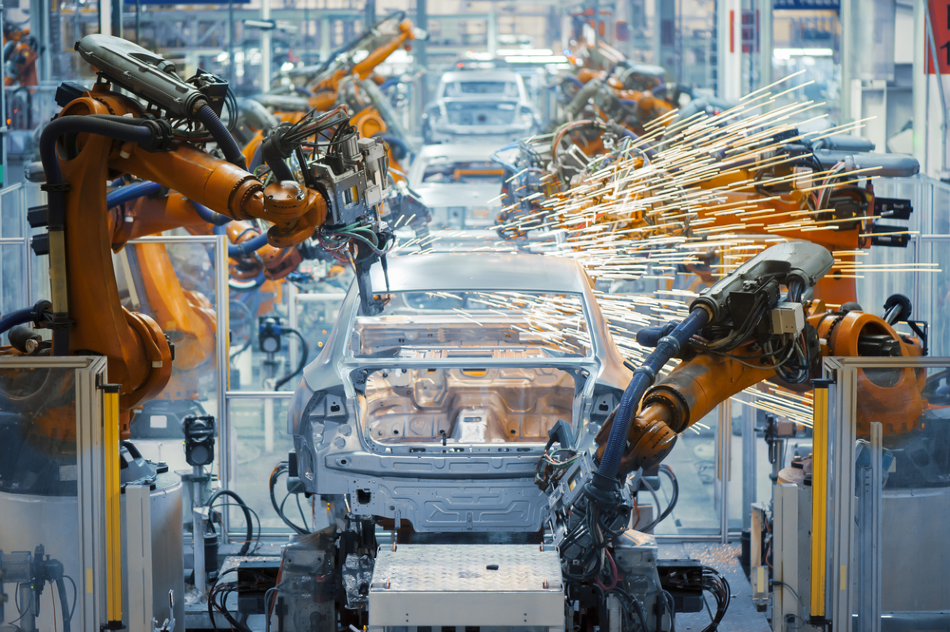
Image Credit: Jenson/Shutterstock.com
Colloids are a complex, condensed matter which lies between a homogeneous system (solution) and a heterogeneous system (suspension). Typically, these are composed of a fine phase dispersed in a solvent in liquid or gaseous form.
Colloids can be present in two-phase transitions, such as flocculation and gelation. Flocculation occurs when the dispersoids coalesce and gelation occurs when the dispersant changes its viscosity. These phase transformations can be reversible.
Colloids are insoluble particles that vary in size. When these are on the larger side, they can be visible to the human eye. When these colloidal particles are arranged in line with atoms (elementary units of molecules and crystals), colloidal particles can be used as building blocks for organized materials.
A major advantage of this is that joining colloids in a defined manner contributes to structuring. Professor Michael Strano of the Massachusetts Institute of Technology (MIT) said that colloids can access environments and travel in ways that other materials cannot.
Colloidal particles are insoluble in nature and possess the unique property of existing indefinitely in both liquid and gaseous forms. This property is a result of their size. They can float in the air because of the random fluctuations and motions caused by the collision of molecules in the air that have a stronger force on them than gravity.
By pairing these tiny objects (colloids) into complex circuitry, the researchers at MIT have developed robots that could be dispersed to carry out various sensitive research with great efficiency and accuracy.
The scientists have developed robots no bigger than the width of a hair. These have proved to be beneficial for the oil and gas industry and in the diagnosis of various diseases in human beings.
Researchers at MIT have also developed what may be the smallest robot created so far. It has the ability to sense information about its environment, store data in its memory, and process complex computational tasks after accomplishing its mission.
These devices are almost the size of a human egg cell. They consist of tiny electronic circuits made of two-dimensional materials, installed on a minuscule colloidal particle. These tiny robots are self-powered so they do not require any external power source or even internal batteries.
A simple photodiode offers the trickle of electricity that these tiny robots’ circuits need to power their computation and memory circuits.
Applications of Minuscule Colloidal Robots
These tiny colloidal robots could be used to benefit the oil and gas industry.
The conventional way of checking for leaks or other concerns in pipelines is to have a crew physically drive along the pipe and inspect it with expensive instruments. Using this technology, the devices could be inserted into one end of the pipeline and could be carried along with the flow.
After removing the device from the other end, a detailed record of the conditions they encountered along the way could be obtained, including the presence of contaminants that could indicate the location of problem areas.
Any problems could be detected at a much faster pace. The medical field could potentially realize huge benefits from this range of colloidal robotics which has the ability to map the internal biosystems of human beings.
These could play a vital role in the diagnosis of various ailments in the body. For example, when passed through the digestive tract, the device could detect the early signs of inflammation or identify other important diseases.
Colloid-based robotic systems offer enormous promises, in terms of versatility, adaptability, resilience, distributed architecture, and autonomy and have the potential to add immense value to various fields of scientific research.
References and Further Reading
Plüisch, C.S. and Wittemann, A.: Assembly of nanoparticles into “colloidal molecules”: toward complex and yet defined colloids with exciting perspectives. In Advances in Colloid Science, edited by Rahman, M. and Asiri, A.M. (InTech, Rijeka, 2016) pp. 237–264.
Disclaimer: The views expressed here are those of the author expressed in their private capacity and do not necessarily represent the views of AZoM.com Limited T/A AZoNetwork the owner and operator of this website. This disclaimer forms part of the Terms and conditions of use of this website.